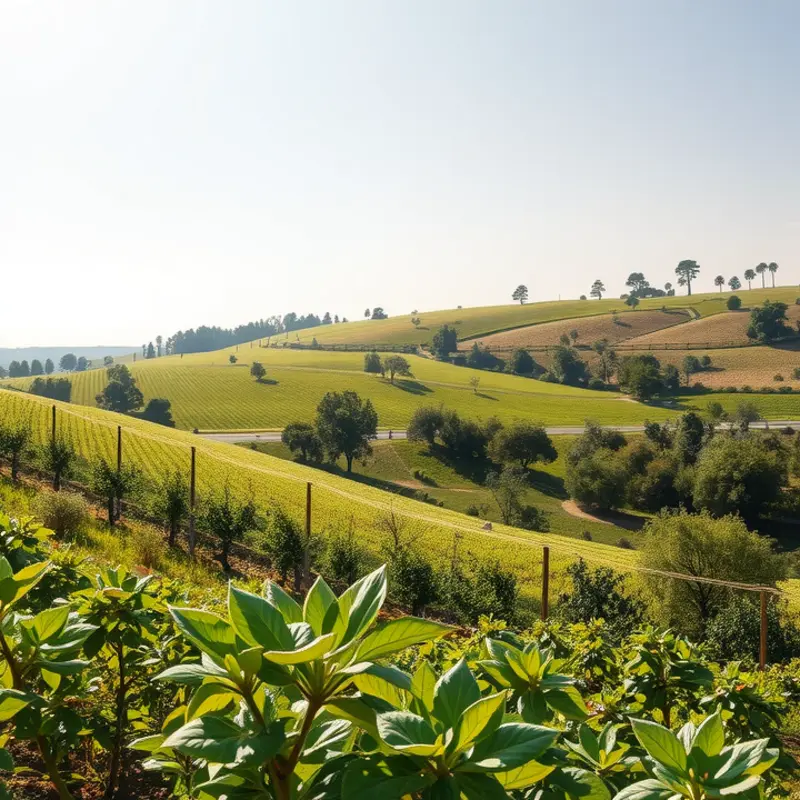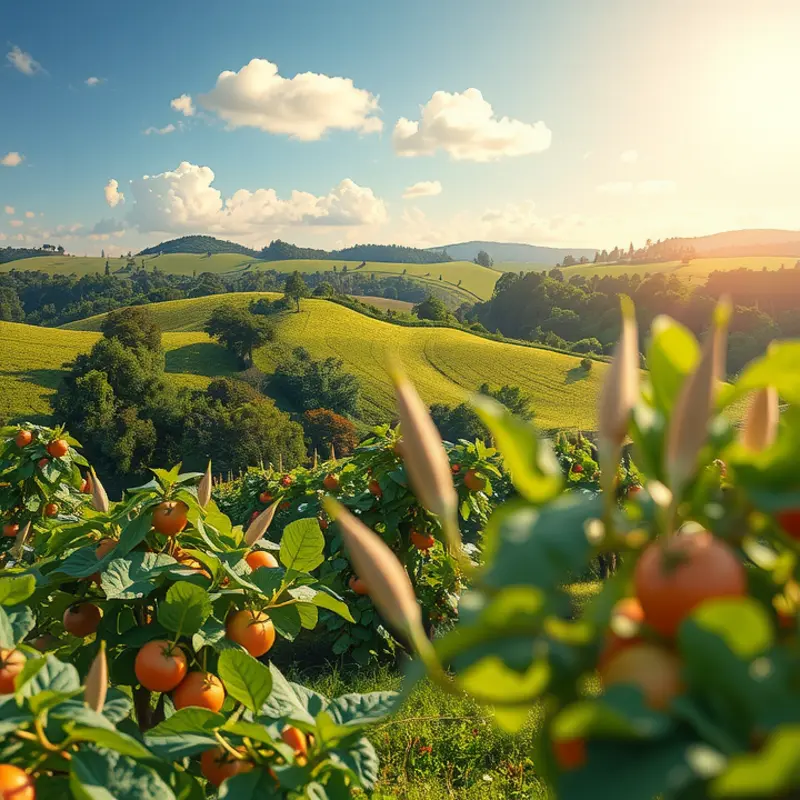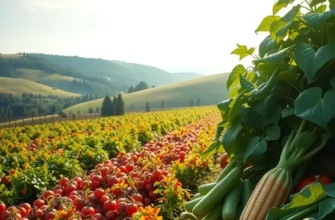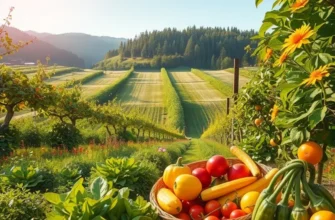Vegetable freshness directly impacts your meals and reduces food waste. Understanding how to properly store vegetables not only keeps them tasting great but also maximizes their lifespan. Embracing effective storage methods enables you to enjoy healthy, crisp vegetables right from your kitchen, while also being a responsible steward of resources. Ready to dive in? Let’s explore how to keep those vegetables fresh and delicious!
Understanding Vegetable Freshness

The journey to keeping vegetables fresh begins with understanding how different factors like temperature, humidity, and light impact their longevity. Each vegetable has its own unique storage needs, which can greatly influence its taste, texture, and nutrient retention.
Temperature and Humidity
Temperature is one of the most critical factors impacting vegetable freshness. Generally, most vegetables prefer cool environments, which slow down the respiration rate and delay decay. For instance, leafy greens and root vegetables thrive when stored between 32-40°F. However, some vegetables, like tomatoes and cucumbers, prefer room temperature, as refrigeration can cause texture and flavor degradation.
Humidity also plays a pivotal role. Vegetables are largely composed of water, and maintaining the right humidity level can prevent them from shriveling or molding. High humidity (around 90-95%) is beneficial for leafy greens, while other vegetables like onions and garlic prefer a dry environment.
Specific Storage Needs
Understanding the specific storage requirements of each vegetable is essential. Root vegetables, such as carrots and beets, store well when packed in damp sand or sawdust, which helps maintain a steady moisture level. Potatoes need a dark, cool environment to prevent sprouting, while bell peppers prefer a crisper setting with moderate humidity.
Vegetables like corn are best consumed shortly after harvest as their sugars convert to starch rapidly. However, they can be kept fresher longer when stored unhusked in the refrigerator.
Washing, Drying, and Packing Techniques
Proper washing and drying techniques are crucial in preserving vegetable freshness. It’s best to refrain from washing vegetables until just before use to prevent mold growth during storage. When washing is necessary, ensure thorough yet gentle drying using a clean cloth or salad spinner.
Packing vegetables correctly can help maintain their quality. Breathable bags or containers with small vents are ideal for items that require high humidity. For those requiring low humidity, loose paper bags can help absorb excess moisture.
Incorporating proper storage techniques not only retains the freshness of vegetables but also preserves their flavor and nutrients. Moreover, it significantly reduces food waste, aligning with principles of minimal waste cooking and sustainability. For practical tips on how to extend these principles to sauces and other ingredients, consider exploring this guide on safer storage practices.
In summary, a deeper understanding of the factors affecting vegetable freshness and tailored storage techniques can greatly enhance both the shelf life and quality of your produce. By adapting these practices, you not only enjoy better tasting and more nutritious meals but also contribute to a more sustainable lifestyle.
Storage Strategies for Every Vegetable

Storing vegetables effectively involves understanding the unique needs of each type to maintain freshness and reduce waste. This chapter provides practical tips on how to adapt your storage techniques based on the characteristics of different vegetables.
For leafy greens, aim for a balance between moisture and airflow. After washing, dry them thoroughly to prevent rot. Store them in the refrigerator inside a perforated plastic bag or a breathable container. This setup ensures that excess moisture escapes while retaining sufficient humidity.
Cruciferous vegetables, such as broccoli and cauliflower, can be refrigerated directly in perforated bags. They thrive in cool, humid conditions but benefit from separation from ethylene-producing fruits like apples and bananas, which accelerate their spoilage.
Root vegetables like carrots, potatoes, and beets require a different approach. Potatoes and onions prefer a cool, dark, and dry environment, away from direct light. A pantry or cellar with good ventilation works best. For carrots and beets, cut off the greens to prevent moisture loss and store them in a cool, humid area, such as a refrigerator’s crisper drawer.
To extend the life of delicate vegetables such as cucumbers and tomatoes, avoid refrigerating them if possible. These vegetables lose flavor and texture when exposed to cold. Instead, store them at room temperature away from direct sunlight. However, once cut, they should be refrigerated and consumed promptly.
Freezing is a valuable method for preserving many vegetables. To preserve their flavor and nutritional content, blanch vegetables before freezing. This involves boiling them briefly, then plunging them into ice water. Pack vegetables in airtight containers or freezer bags, ensuring the removal of as much air as possible.
Canning is another long-term preservation technique. Use it for hearty vegetables like beans, tomatoes, and peppers. Ensure the canning process is done correctly, using pressure canning for low-acid foods to prevent bacterial growth. Follow current safety guidelines to avoid any health risks.
Understanding the ethylene gas sensitivity of some vegetables is crucial. Ethylene accelerates ripening and spoilage, making it essential to store vegetables like leafy greens, cauliflower, and peppers separately from ethylene producers. For more guidance on minimizing waste in your kitchen, explore eco-smart kitchen storage.
Creating an optimal storage environment is more than a technique; it involves mindfulness toward consumption patterns and storage habits. Embrace these practices not only for the sake of longevity but also for flavor retention and waste reduction. By refining your vegetable storage methods, you contribute to a more sustainable kitchen and a healthier lifestyle overall.
Final words
By applying these practical tips and strategies for vegetable preservation, you can significantly increase the freshness of your produce while minimizing waste. Understanding the specific needs of each vegetable type is essential for achieving the desired longevity. Whether it’s storing leafy greens in a dry container or freezing root vegetables for future meals, being informed empowers your food management at home. The benefits extend beyond personal satisfaction; reducing food waste also contributes positively to the environment. Take these insights into your kitchen; enjoy fresher meals and do your part in sustaining our planet.







